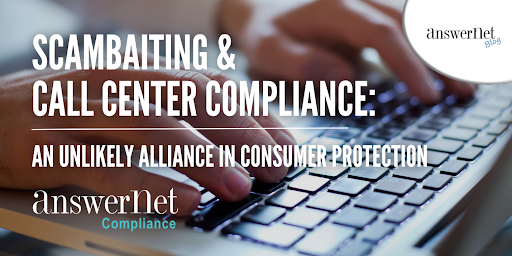By Ryan Adopac, Trainer
Generating qualified sales leads is challenging. One common method of generating sales leads is cold calling a purchased prospect list. But let’s face it: cold calls are not pleasant. In order to maximize a professional sales team’s effectiveness, many companies leverage a telemarketing services firm to conduct the cold calls to qualify sales leads. The use of an outside firm is called outsourcing.
My background is in telemarketing and telemarketing lead generation, with a particular focus on B2B telemarketing. Specifically, I work with our operations managers to conduct training for all new and existing client programs. With that background and experience, I’ve observed that some programs are less successful than others. As I look for similarities and differences between the programs, I’ve come to the conclusion that there are 5 key pitfalls that can cause a potentially successful telemarketing lead generation program to fail.
“I won’t have to work as hard!”
When a sales representative starts calling on the qualified leads generated by the cold call B2B telemarketing firm, it’s easy to have the wrong attitude and to get complacent. The sales reps need to be reminded that a qualified lead doesn’t mean an easy sale. Communicate with your sales reps that the third party telemarketing services firm was utilized to narrow down the lead pool so that the organization’s focus is directed towards the opportunities which are most likely to result in a sale. The sales rep’s mindset should be that every lead still needs to be sold. Qualified leads definitely increase your chances to convert the lead to a sale but the sales rep still needs to sell to them.“Every lead has the same value.”
This is not true. We recommend setting up a structured matrix for classifying every qualified sales lead. The leads which meet 100% of your criteria should receive different follow-up treatment than leads that only meet your minimum criteria. It is important to put a plan in place to nurture the leads that don’t buy from your organization immediately.“The bigger the company the bigger the potential for a sale.”
This isn’t always true. Statistically speaking, larger organizations generally do make larger purchases. This leads us to believe that focusing our attention on these whales will result in better sales performance. Savvy sales managers know that a successful sales team balances their sales efforts between the bigger companies and smaller companies. When you’re selling to a big company, it typically means a longer sales cycle. If you focus all of your attention there, you may be putting all of your eggs in too few baskets. At the end of the day each account, big or small, has potential to your organization (assuming they meet the minimum requirements you have for new customers). If a sales rep focuses all of their attention on the “big sale” that never closes, then they’ve wasted time that very well could have been spent on closing other opportunities.“Less qualified leads are not worth following up with.”
Not true. Most successful lead qualification programs utilize a lead rating system. For example, an ‘A’ lead might meet all of your company’s criteria. A ‘B’ lead might meet 90% of the ideal criteria. And a ‘C’ lead might meet 80% of your criteria… but a ‘C’ may meet 100% of your criteria at some point in the future. The ‘C’ leads are most often put to the side and not worked by a sales team. While it is expected that sales representatives will focus their attention on the ‘A’ leads, it is also important that the organization has a process for working all of the leads and nurturing them for future opportunity. Most businesses are very dynamic and their needs are constantly changing. Once you’ve invested in qualifying a potential lead, make sure you mine those leads long into the future to ensure you’re positioned for the opportunity when their needs change. Try to strike a balance of staying in contact with ‘A’ leads, while at the same time calling on the ‘C’ leads. There is nothing worse than reaching a lead who says “I wish you had called me last week. We just purchased something similar!”“The decision-maker is the only person to speak with when generating a qualified sales lead.”
This is usually wrong. Business decision-making is very complex and there are often different stakeholders that are involved in making a purchasing decision. The key is to identify the decision-maker(s) when qualifying the sales lead; but our experience is that you don’t necessarily need to speak first-hand with that decision-maker during the lead gen telemarketing call. And keep in mind that often-times the final Decision Maker isn’t the one who decides what product or services their organization needs. They simply give the final approval to make the purchase.To recap: when using a telemarketing services firm to conduct B2B telemarketing lead generation, make sure you’ve defined what defines a qualified lead. In addition, be sure you classify the leads based on your qualifying criteria (to A, B, C leads, for example). When you have a working lead generation program, your sales reps will be happy and you will have a consistent method for filling your pipeline.
Ryan Apodac is responsible for training at Quality Contact Solutions, a leading outsourced telemarketing organization. With a background of more than a decade in sales, Ryan is passionate about developing and delivering training that ultimately results in improved performance for client programs. Ryan can be reached at Ryan.apodac@qualitycontactsolutions.com or 516-656-5127.









